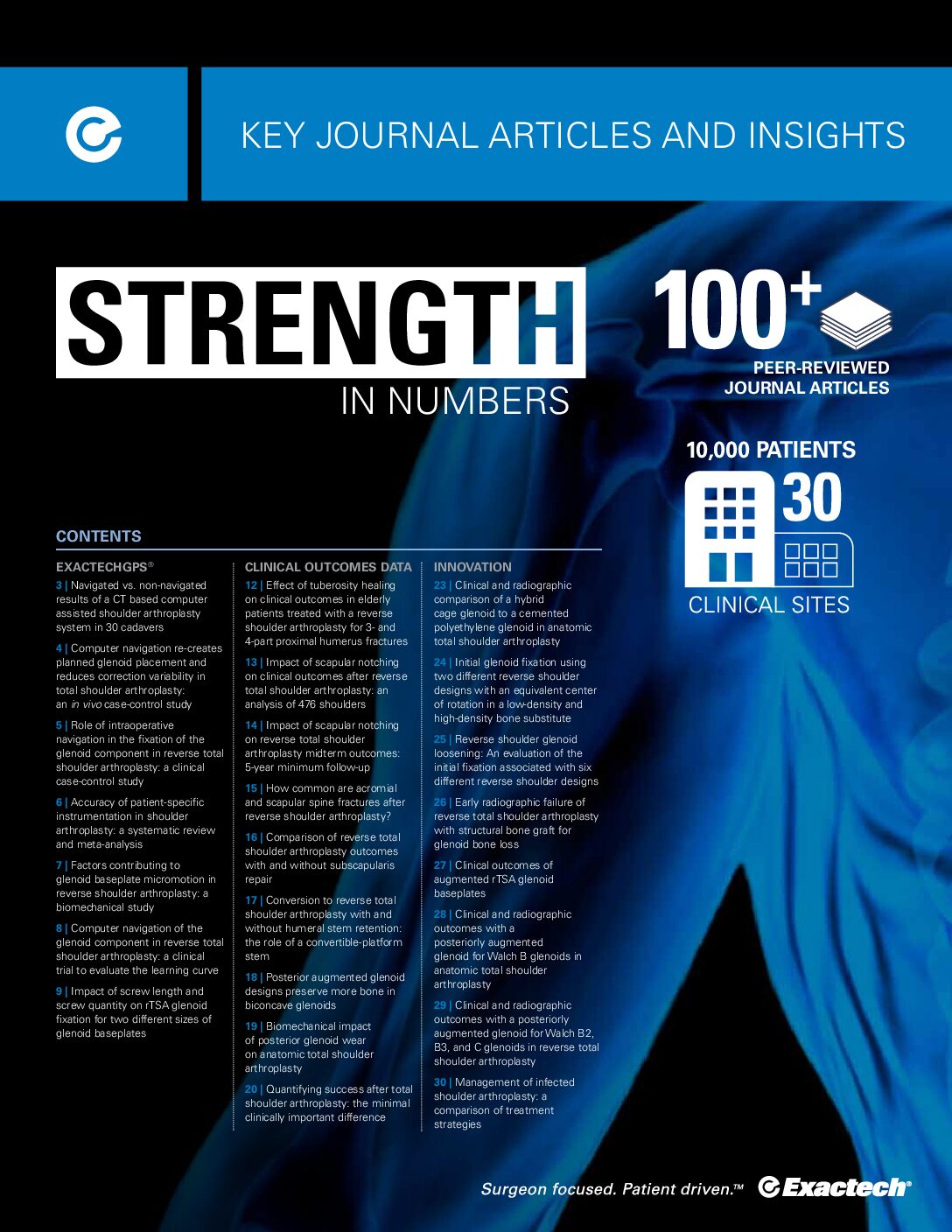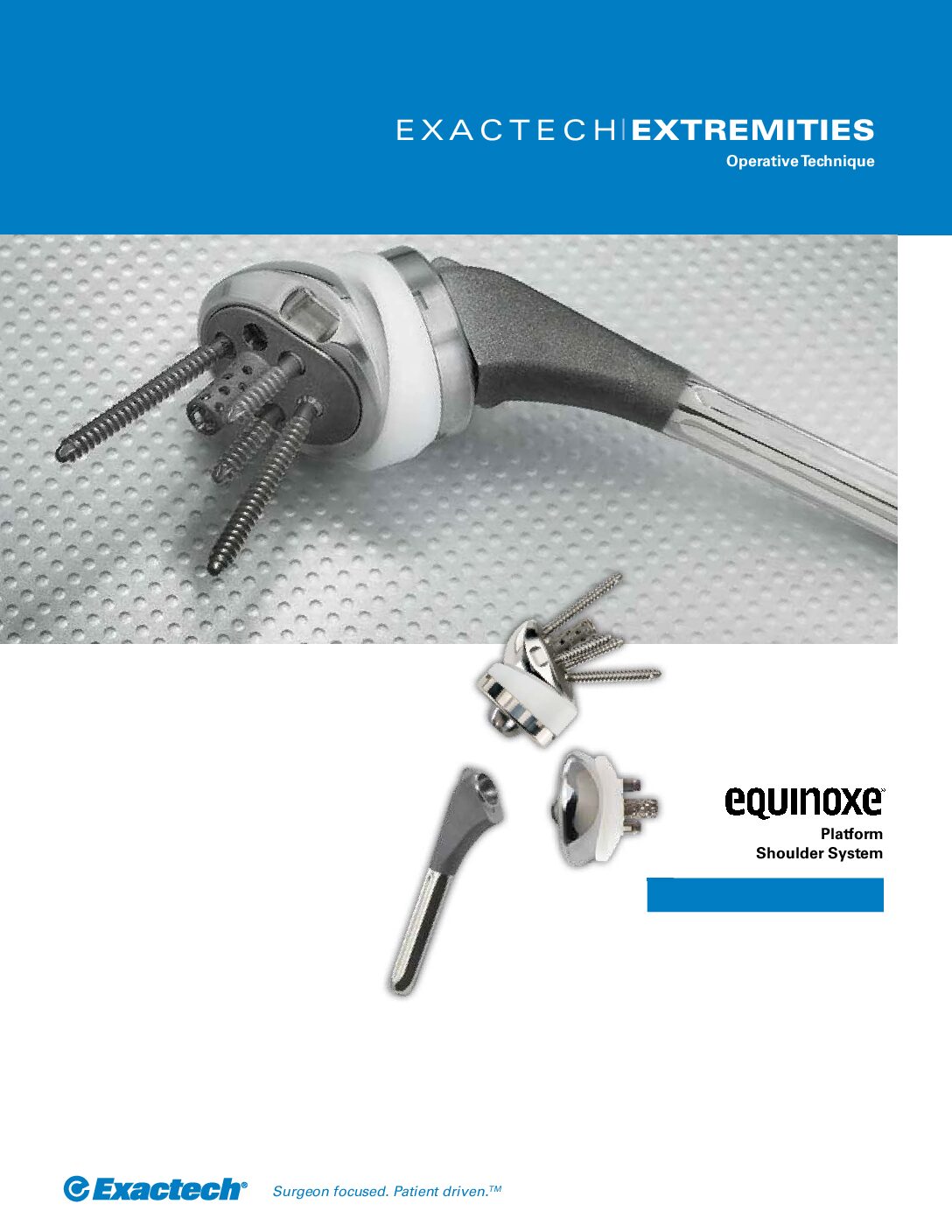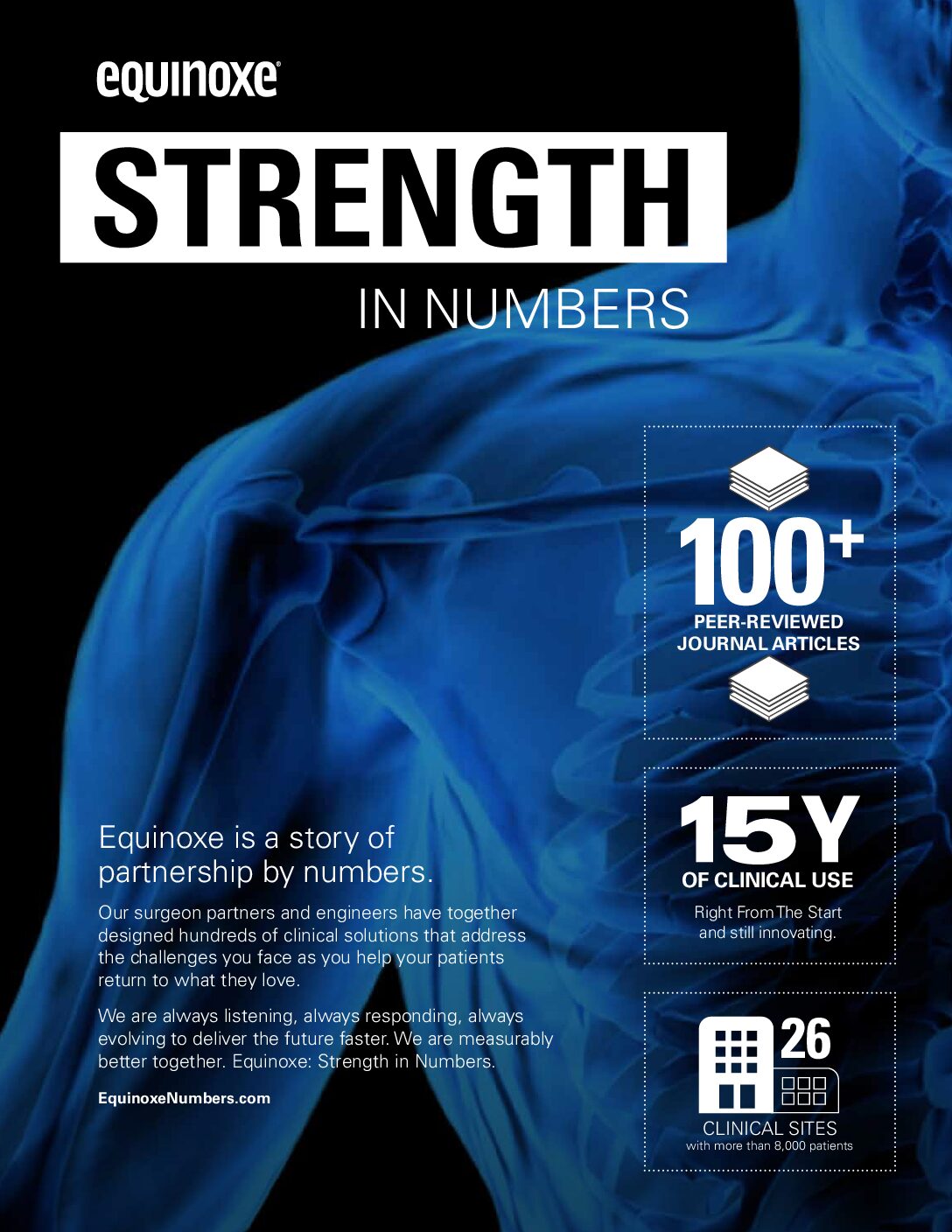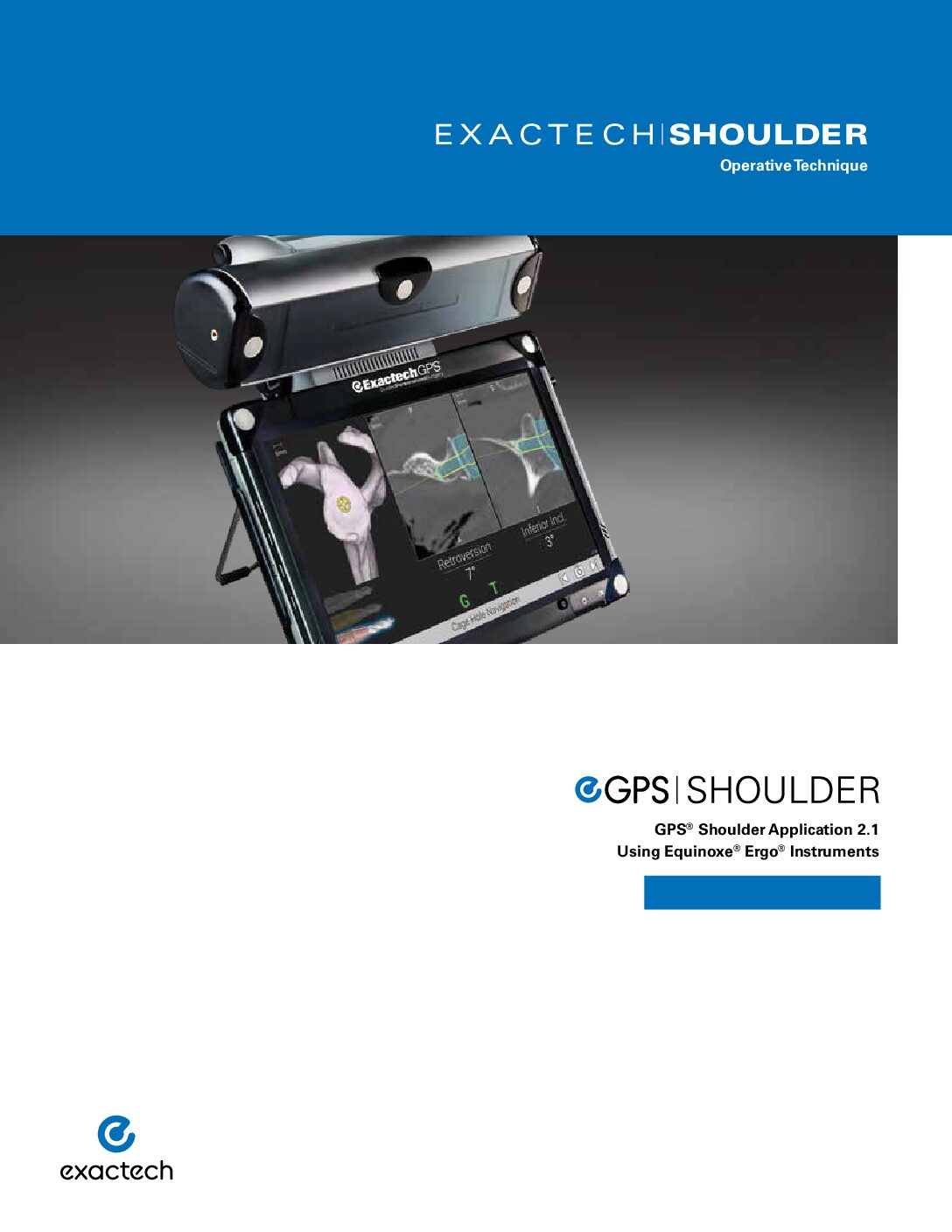

PEER-REVIEWED JOURNAL ARTICLES
PEER-REVIEWED JOURNAL ARTICLES

CLINICAL SITES
MORE THAN
1
PATIENTS
78%
convertibility
Platform System6
Platform System6
aTSA wedge augment preserves8
89%
more bone than a standard glenoid
51%
more bone than a step design
Reverse
0.5%
instability5
@2Y
2X
reduction in radiolucent
(vs all-poly)9
3X
IMPROVEMENT
in external rotation post-op7
SOLUTIONS FOR 100%
of shoulder arthroplasty procedures, from straightforward to challenging
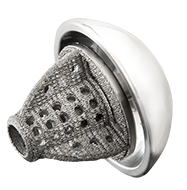
AndIn Between
0%

COMPOUND ANNUAL
GROWTH RATE
MAJOR
product launches per year

ST
TO MARKET
with biomechanically designed humeral reconstruction system
15Y
OF CLINICAL USE
Right From The Start
and still innovating

FIRST TO MARKET
with biomechanically designed humeral reconstruction system
15Y
OF CLINICAL USE
Right From The Start
and still innovating
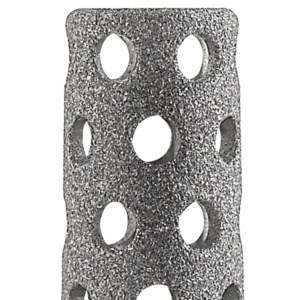
FIRST
to offer reverse augments for glenoid correction

FIRST
to offer reverse augments for glenoid correction
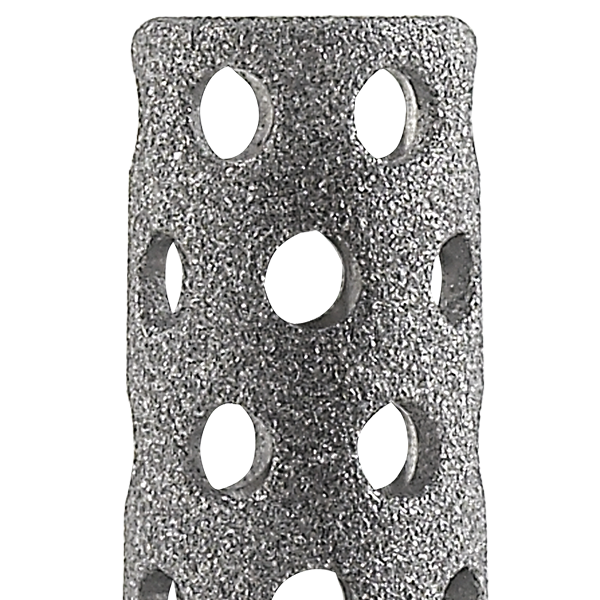
Looking for more information or to have a Product Manager or Sales Representative contact you?
- Greene, A. et al. Navigated vs. non-navigated results of a CT based computer assisted shoulder arthroplasty system in 30 cadavers. Presented at ISTA 2018.* AND Iannotti, J. et al. Three-dimensional preoperative planning software and a novel information transfer technology improve glenoid component positioning. J Bone Joint Surg. 2014;96:e71(18). (https://www.ncbi.nlm.nih.gov/pubmed/24806017)*
- Simovitch, R. et al. Rate and effect of tuberosity healing on clinical outcomes in elderly patients treated with a fracture specific reverse shoulder arthroplasty for three and four part proximal humerus fractures. Pending publication in J. Ortho. Trauma. 2018.
- Mollon, B. et al. Impact of scapular notching on clinical outcomes after reverse total shoulder arthroplasty: an analysis of 476 shoulders. J Shoulder Elbow Surg. 26(7), 1253–1261. 2017. (https://www.ncbi.nlm.nih.gov/pubmed/28111179)
- Routman, H. et al. Analysis of factors associated with acromial and scapular fractures after rTSA. Poster presentation at SECEC 2018.
- Friedman, RJ. et al. Comparison of reverse total shoulder arthroplasty outcomes with and without subscapularis repair. J Shoulder Elbow Surg. Apr;26(4):662-668. 2017 (https://www.ncbi.nlm.nih.gov/pubmed/28277259 )
- Crosby, L. et al. Conversion to reverse total shoulder arthroplasty with and without humeral stem retention: the role of a convertible platform stem. J Bone Joint Surg Am. 2017 May 3;99(9):736-742. (https://www.ncbi.nlm.nih.gov/pubmed/28463917)
- Friedman RJ. et al. Comparison of reverse total shoulder arthroplasty outcomes with and without subscapularis repair. J Shoulder Elbow Surg. 2017 Apr;26(4):662-668. (https://www.ncbi.nlm.nih.gov/pubmed/28277259)
- Kersten, AD. et al. Posterior augmented glenoid designs preserve more bone in biconcave glenoids. J Shoulder Elbow Surg. 2015 Jul;24(7):1135-41. (https://www.ncbi.nlm.nih.gov/pubmed/25618465) AND Roche, C. et al. Biomechanical impact of posterior glenoid wear on anatomic total shoulder arthroplasty. Bulletin for the hospital for joint diseases. 71(2):S5-11. 2013. (https://www.ncbi.nlm.nih.gov/pubmed/24328573)
- Grey, S. et al. Preliminary results of novel bone hybrid cage glenoid compared to all polyethylene glenoid in total shoulder arthroplasty. Bulletin for the Hospital for Joint Diseases. Vol. 73: S86-91. 2015. (https://www.ncbi.nlm.nih.gov/pubmed/26631202)
- Stroud, N. et al. Initial glenoid fixation using two different reverse shoulder designs with an equivalent center of rotation in a low-density and high-density bone substitute. J Shoulder Elbow Surg (2013) 22, 1573-1579. (https://www.ncbi.nlm.nih.gov/pubmed/23582705) AND Stroud, N. et al. Reverse shoulder glenoid loosening: an evaluation of the initial fixation associated with six different reverse shoulder designs. Bulletin of the Hospital for Joint Diseases 2013;71(Suppl 2):S12-7. (https://www.ncbi.nlm.nih.gov/pubmed/24328574)*
- Simovitch, R. et al. Quantifying success after total shoulder arthroplasty: the substantial clinical benefit. Accepted at J Shoulder Elbow Surg. In press. 2018. (https://www.ncbi.nlm.nih.gov/pubmed/29398395)
*In vitro (bench) test results may not necessarily be indicative of clinical performance.


